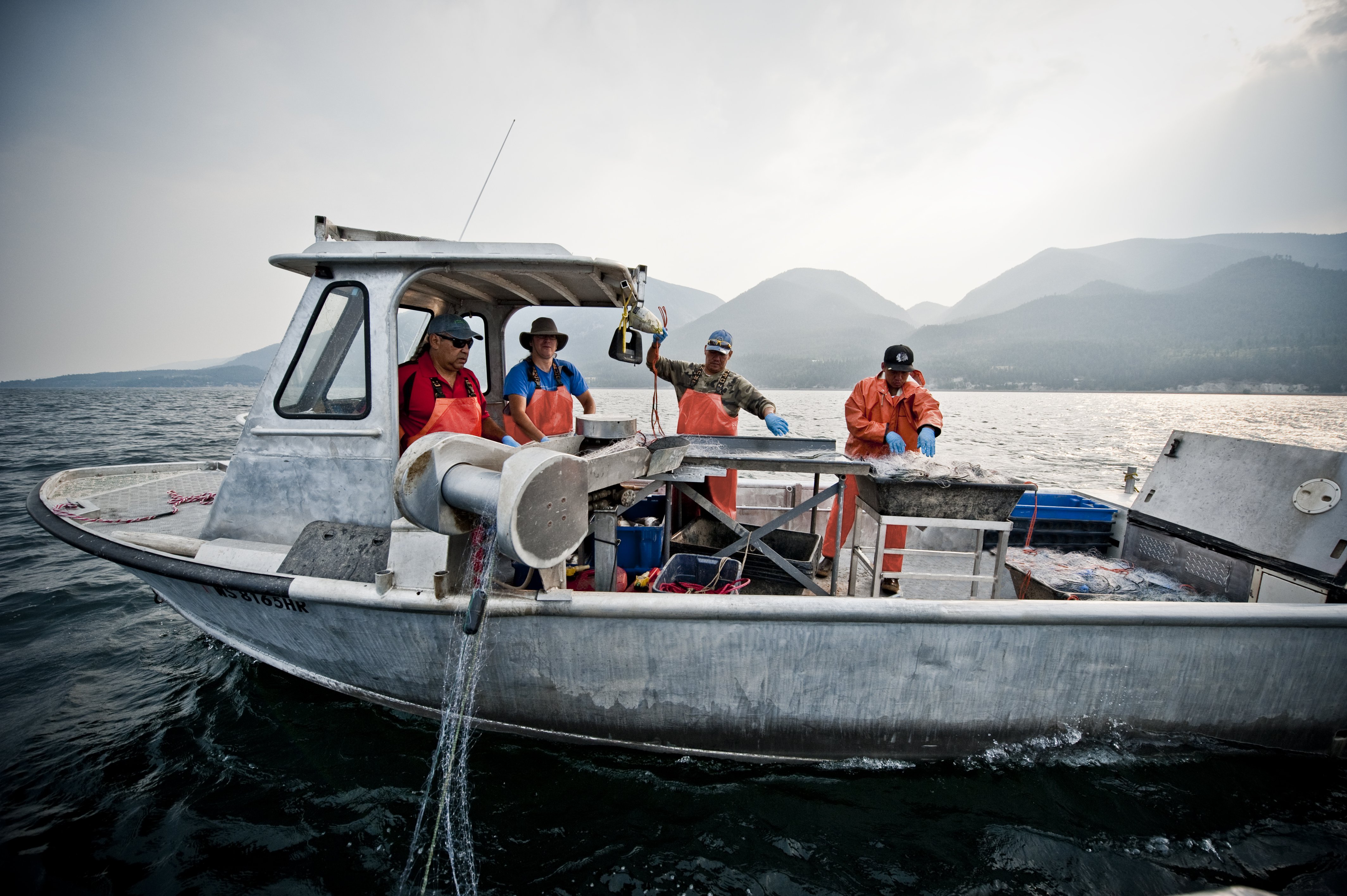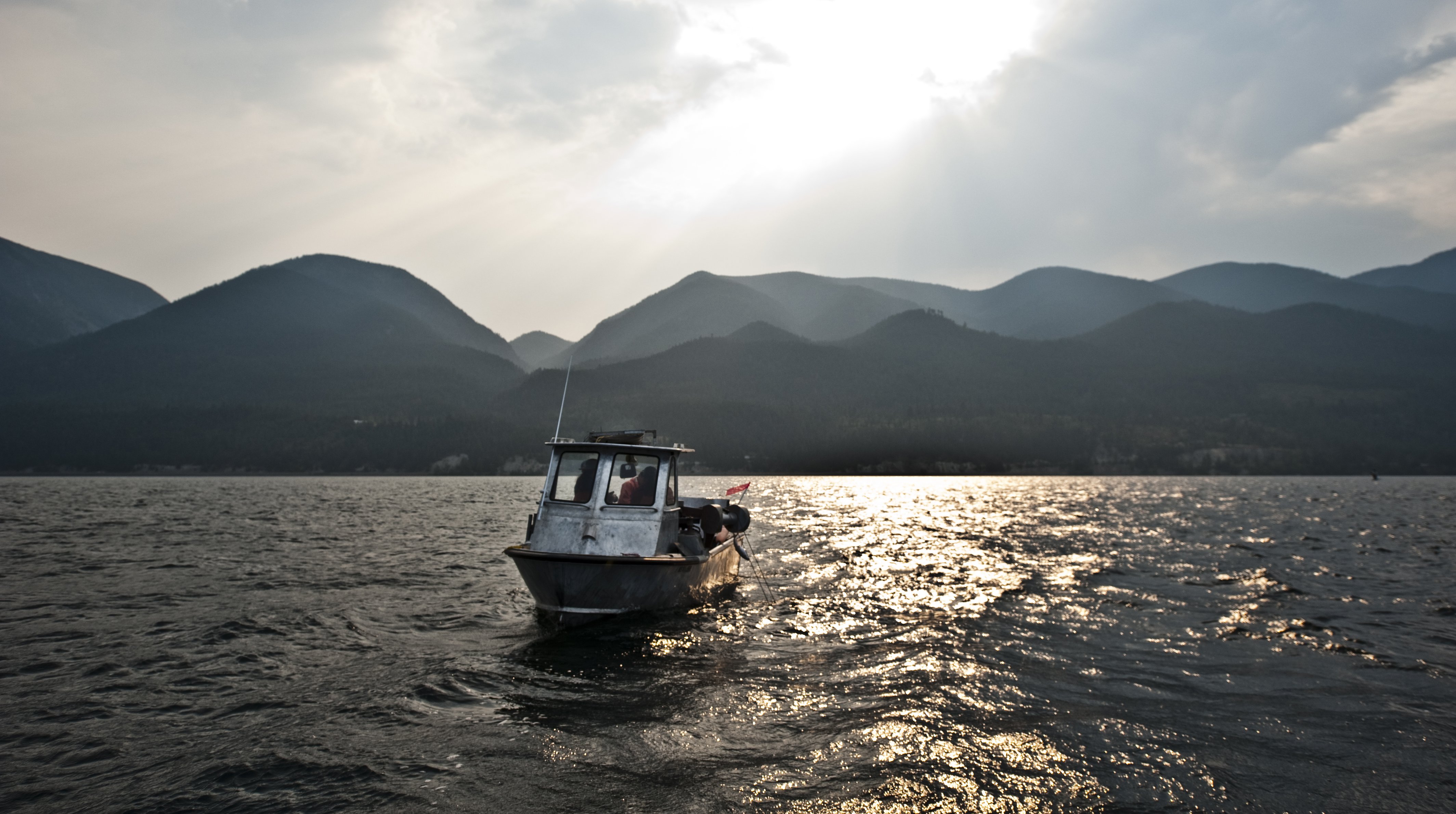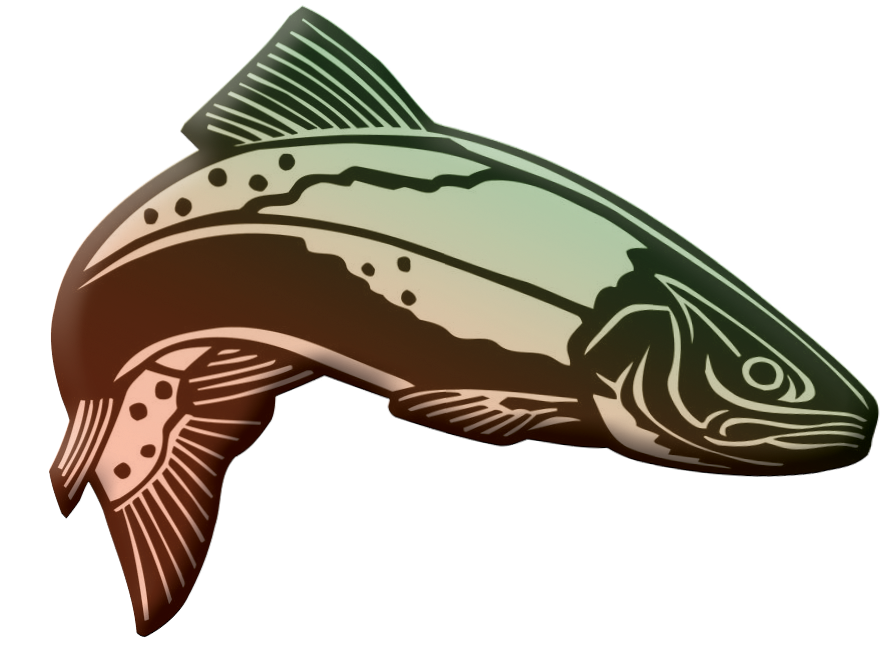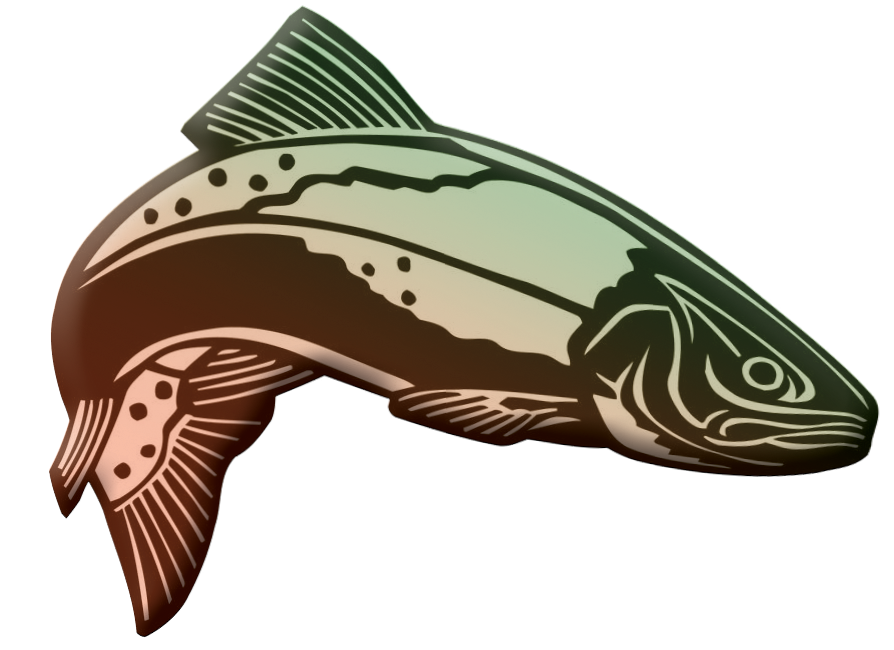Ranches at Belt Creek: Lake Whitefish

Managing to Benefit Native Trout
Managing to Benefit Native Trout
The Confederated Salish and Kootenai Tribes have conducted a long process to determine how to best restore native trout in Flathead Lake, and conducted formal analyses, including an Environmental Impact Statement. We concluded that the only way to restore native fish numbers, ecological integrity, and our critical natural heritage, was to reduce the damaging effect of lake trout, an introduced predator.

The Tribes are currently using a two-pronged approach to harvest that includes angling, via Mack Days contests, and tribal netting. The two methods complement one another as anglers tend to catch smaller fish, while netting targets larger fish.
The program to reduce lake trout abundance is very expensive as it requires multiple boats, extensive fishing gear, numerous personnel, and most importantly, it must go on perpetually to maintain a suppressed population.

The Confederated Salish and Kootenai Tribes have conducted a long process to determine how to best restore native trout in Flathead Lake, and conducted formal analyses, including an Environmental Impact Statement. We concluded that the only way to restore native fish numbers, ecological integrity, and our critical natural heritage, was to reduce the damaging effect of lake trout, an introduced predator.

The Tribes are currently using a two-pronged approach to harvest that includes angling, via Mack Days contests, and tribal netting. The two methods complement one another as anglers tend to catch smaller fish, while netting targets larger fish.
The program to reduce lake trout abundance is very expensive as it requires multiple boats, extensive fishing gear, numerous personnel, and most importantly, it must go on perpetually to maintain a suppressed population.

The Confederated Salish and Kootenai Tribes have conducted a long process to determine how to best restore native trout in Flathead Lake, and conducted formal analyses, including an Environmental Impact Statement. We concluded that the only way to restore native fish numbers, ecological integrity, and our critical natural heritage, was to reduce the damaging effect of lake trout, an introduced predator.

The Tribes are currently using a two-pronged approach to harvest that includes angling, via Mack Days contests, and tribal netting. The two methods complement one another as anglers tend to catch smaller fish, while netting targets larger fish.
The program to reduce lake trout abundance is very expensive as it requires multiple boats, extensive fishing gear, numerous personnel, and most importantly, it must go on perpetually to maintain a suppressed population.


Native Fish Keepers, Inc.
408 6th Ave. East
Polson, MT 59860
© 2017 Confederated Salish and Kootenai Tribes
Native Fish Keepers, Inc.
408 6th Ave. East
Polson, MT 59860
© 2017 Confederated Salish and Kootenai Tribes



